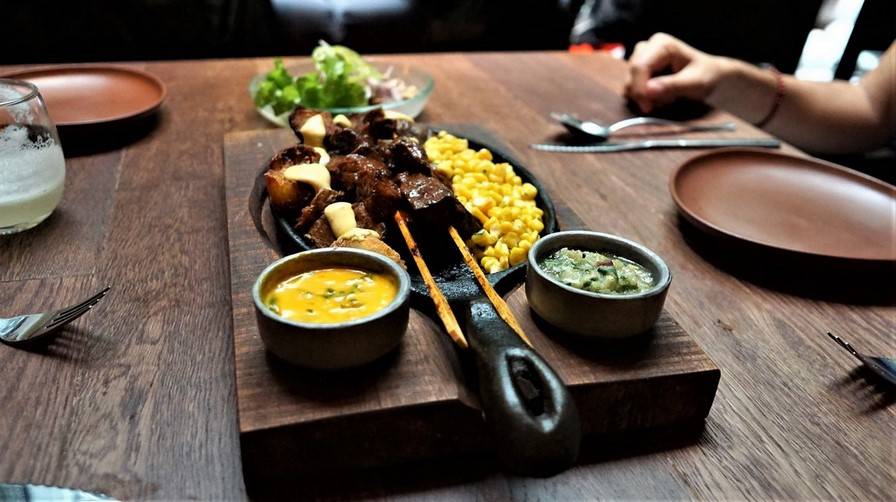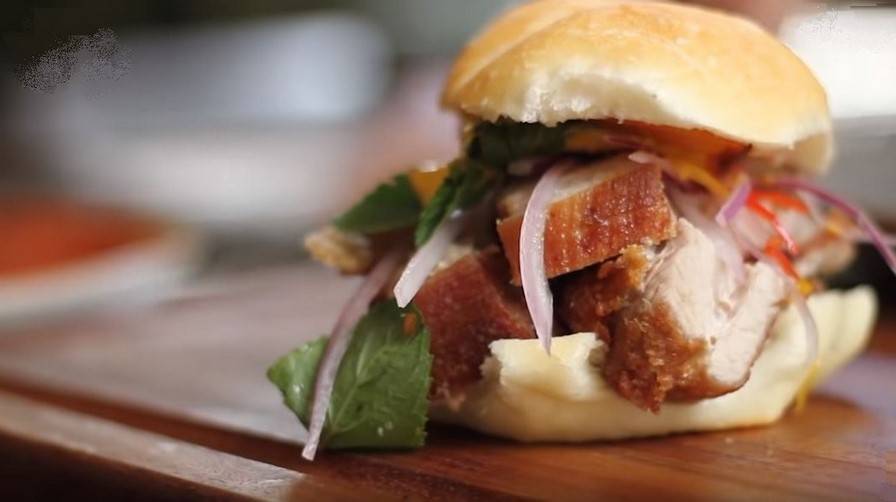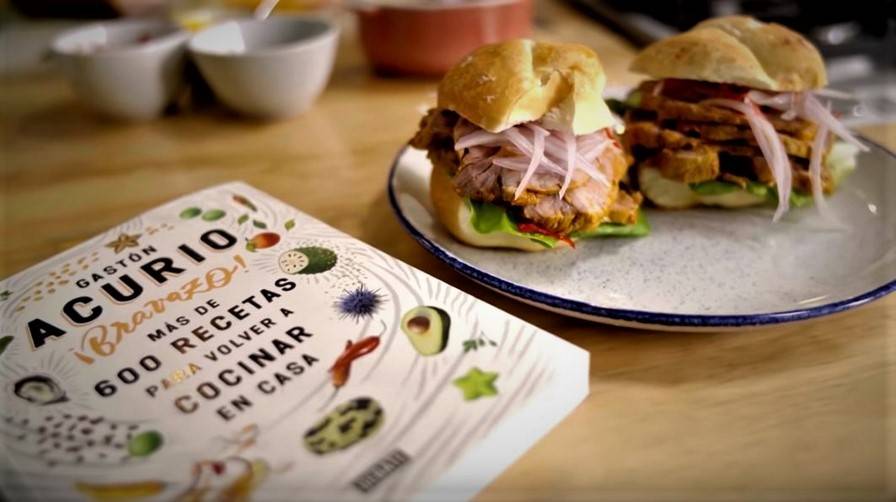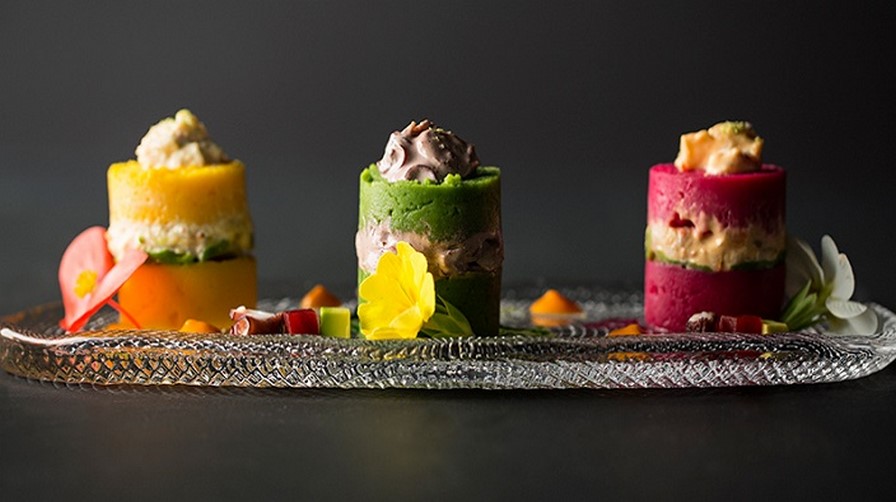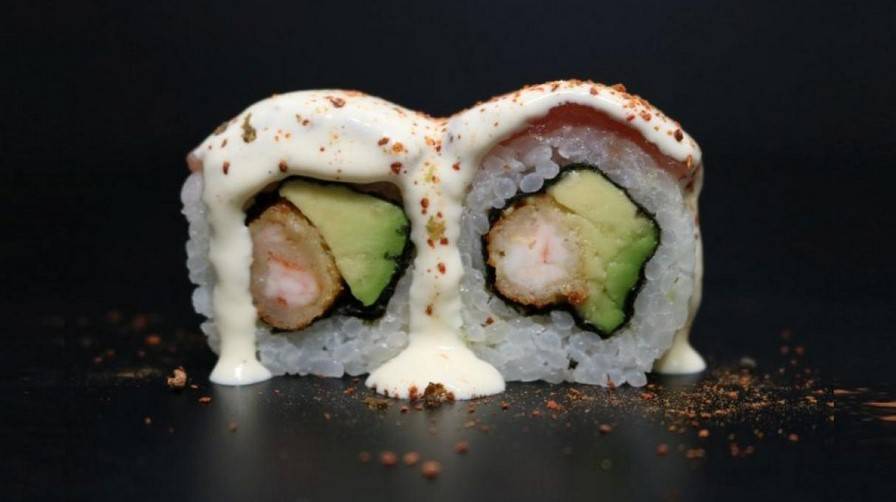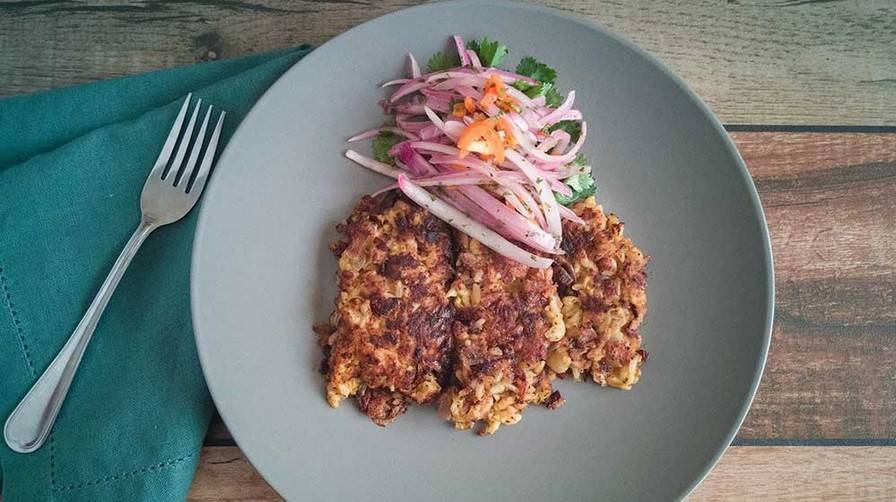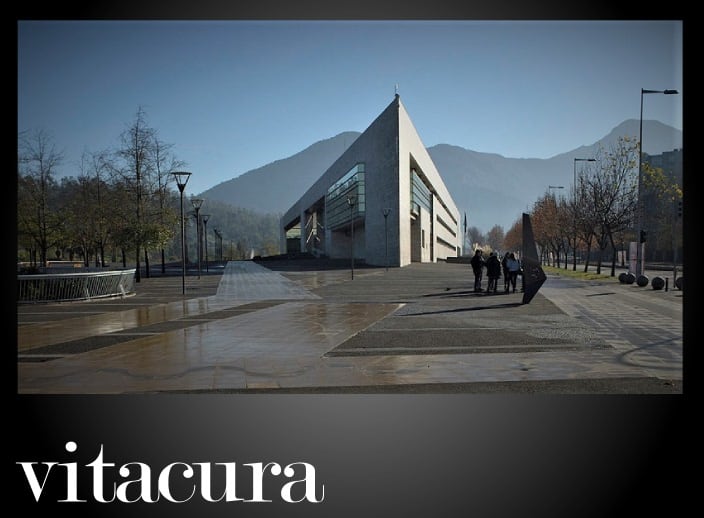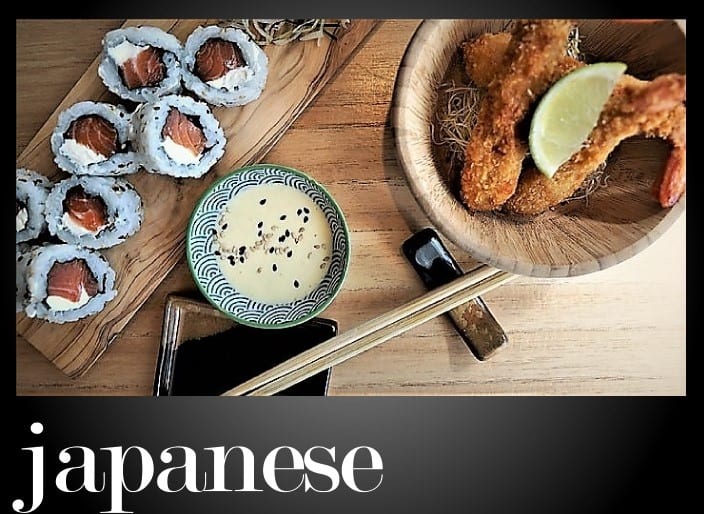Iconic Peruvian Dishes
- Anticuchos de CorazónAnticuchos de Corazón (skewered beef hearts) are, perhaps, the most popular street-food in Lima. They’re sold by street vendors outside local markets and sporting events. You can also find anticuchos at many restaurants throughout the city.<div class="wonder-photo-credit">Photo credit: Ollie O</div> <div style="margin-bottom: 15px" align="center"><a class="hbutton-1" href="http://comabeba.com/chile/panchita-santiago/">Where to find them in Santiago</a></div>
- Chicharrón con PanIn Perú, chicharrón is pork (usually a fatty cut such as pork belly) that’s boiled in spices then deep-fried until the fat and skin is fully rendered with a crisp exterior. It became a popular street-food in Lima and subsequently the central ingredient in a popular type of sandwich, Chicharrón con Pan, served with the addition of a slice of sweet-potato on a French roll. In Santiago, La Lucha calls this sandwich the “La Lucha”. <div style="margin-bottom: 15px" align="center"><a class="hbutton-1" href="http://comabeba.com/chile/la-lucha-santiago/">Where to find it in Santiago</a></div>
- Butifarra - Sandwich de Jamón de PaísThe Butiffara is a sandwich made from boiled pork bathed in spicy sauce and served with mustard, lettuce and thin slices of purple onion on a French roll. These iconic sandwiches are served at sangucherías throughout the city and by street vendors accompanied by a cup of strong coffee or a cup of chicha morada, a fermented corn beverage. On the menu in Santiago, the sandwich is called the Lomito Peruano, but it's the sandwich, with a different name.<div class="wonder-photo-credit">Photo credit: Ollie O</div> <div style="margin-bottom: 15px" align="center"><a class="hbutton-1" href="http://comabeba.com/chile/la-lucha-santiago/">Where to find them</a></div>
- Peruvian CausaCausas, prepared with yellow potatoes, originally meant any flavored mashed potato. The potato mash was historically flavored with yellow peppers, cilantro or both. Over time, a variation, where the mashed potatoes were put into the bottom of a ring mold. then filled with meat or seafood filling in the center of the mold, with more potatoes placed on top, creating three separate layers within the mold. When the mold is removed, an attractive single serving portion is revealed. Additional condiments often crown the causa, and they are typically served in restaurants as appetizer, with three or four causas per plate. Sometimes, the potatoes and the sandwiched fillings are place is a square or rectangular pan, then cut into small square potions.<div class="wonder-photo-credit">Photo credit: The Eat Blog</div> <div style="margin-bottom: 15px" align="center"><a class="hbutton-1" href="http://comabeba.com/chile/la-mar-santiago/">Where to find them in Santiago</a></div>
- Maki AcevichadoTraditional sashimi and sushi can be found in Lima’s Nikkei restaurants, but fusion-variations on the Japanese maki (sushi roll) are more prevalent. The North American variations, like the California or Philadelphia roll can be found in most Nikkei restaurants. But the Nikkei restaurants came up with their own unique renditions, the most notable being the Sushi Roll Acevichado, which is a sushi roll, utilizing the ingredients of a ceviche at the center of the roll, and a sauce, similar to what might be found on a tiradito, poured over the top. <div style="margin-bottom: 15px" align="center"><a class="hbutton-1" href="http://comabeba.com/chile/senz-santiago/">Where to find it in Santiago</a></div>
- Papas a la HuancaínaPapas a la Hauncaína is a popular Peruvian appetizer consisting of large pieces of boiled yellow potatoes (similar Yukon gold potatoes) over which a sauce of made of queso fresco (a soft creamy cheese popular throughout Latin America), evaporated milk, minced yellow chili peppers, and spices. The dish is sometimes served hot, similar to Spanish-style Papas Bravas, or cold over a lettuce garnished with black olives.<div class="wonder-photo-credit">Photo credit: Al Carbon</div> <div style="margin-bottom: 15px" align="center"><a class="hbutton-1" href="http://comabeba.com/chile/tanta-santiago/">Click here to read the review</a></div>
- Tacu TacuTacu-Tacu is a mixture of rice and beans formed into a pancake-like patty, similar to a potato latke or rosti. These starchy pancakes often serve as the foundation of a dish, on which proteins, sauces and vegetables are added.<div class="wonder-photo-credit">Photo credit: Cook Eat Love Live</div> <div style="margin-bottom: 15px" align="center"><a class="hbutton-1" href="http://comabeba.com/chile/la-mar-santiago/">Where to find them in Santiago</a></div>
- Ají de GallinaAjí de Gallina is a creamy stew made with chicken, yellow chili peppers, walnuts, garlic, turmeric and various spices. It’s bright yellow color is its most striking characteristic. The dish is believed to have been concocted by African slaves in the 16th century, brought to Peru by Spanish settlers. It is traditionally served with white rice, a hard-boiled egg and black olives.<div class="wonder-photo-credit">Photo credit: Ollie O</div> <div style="margin-bottom: 15px" align="center"><a class="hbutton-1" href="http://comabeba.com/chile/panchita-santiago/">Where to find them in Santiago</a></div>

- TiraditosTiraditos being with thin, almost translucent slices of raw fish, usually a white fish, salmon or a variety of tuna, that is laid flat in a symmetrical circle around the plate, in the Japanese style known as usuzukuri, with the addition of sauce, usually made with lime juice and one of several chili peppers used in Peruvian cuisine.<div class="wonder-photo-credit">Photo credit: Ollie O</div> <div style="margin-bottom: 15px" align="center"><a class="hbutton-1" href="http://comabeba.com/chile/naoki-santiago/">Where to find them in Santiago</a></div>

